Razer Edge review: Hands-on
The Razer Edge is a powerful Windows device with a tablet, PC and console all in one

Why you can trust T3
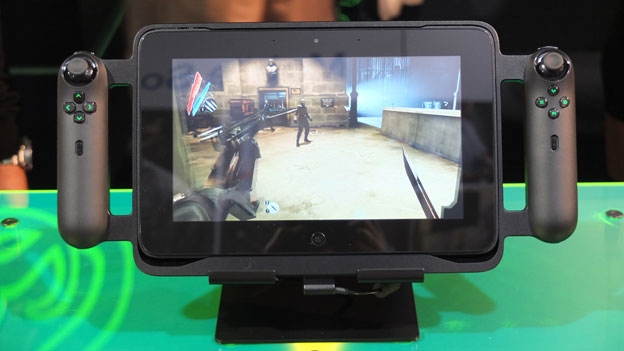

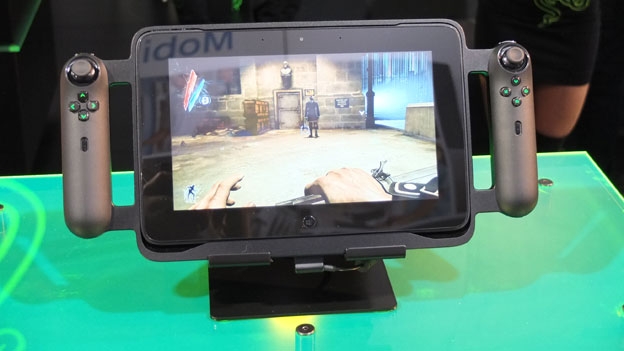
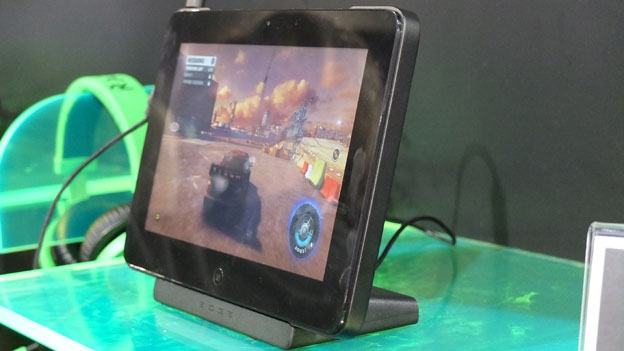
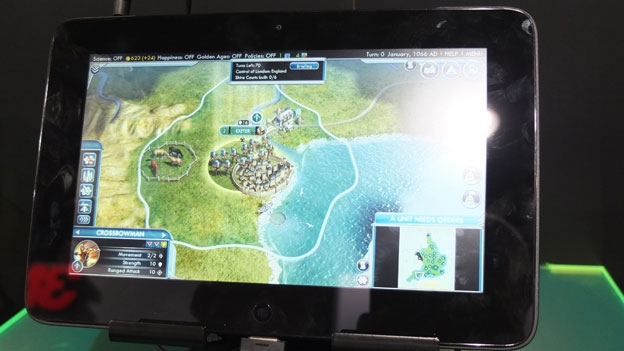
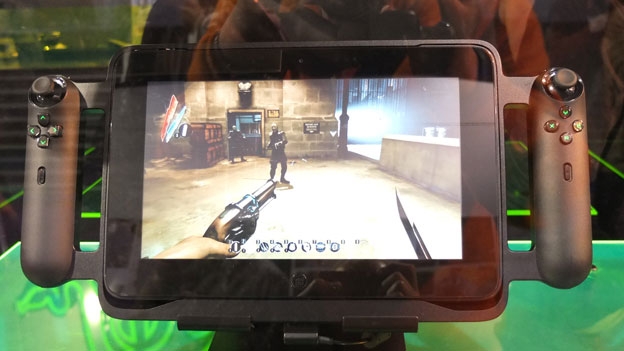

The Razer Edge games console is designed to let gamers who like to travel with their Xbox and PC save weight and space
Games consoles are all very well, but if you want to have your computer for, you know, work, then you may have a lot to carry. Sure, the iPad 4 handles word processing and lots more, but for that full Windows experience you need something more.
And if you're a hardcore gamer you may not be keen on playing using the unyielding glass of a tablet instead of the springy buttons of a joypad. Aiming to resolve these conflicts is the Razer Edge.
The device, formerly known by the much more charming name Project Fiona, is a 10.1in Windows 8 tablet with the power and processor of a gaming computer, with either an Intel Core i5 or Core i7 processor as its powerfully beating heart. There's also up to 8GB of RAM so this is an undeniably capable machine.
You can also choose between models with storage of 64GB, 128GB or even 256GB on Solid State Drive. It's not the only gaming-capable Windows tablet of course, but what sets Fiona apart is her range of accessories, which we'll discuss under features.
Razer Edge: Size and build
The Razer Edge is a solidly built, decent-looking machine. It's not the lightest tablet (it weighs 935g) but it feels robust and solid. In the hand it seems almost fat – its 20mm thickness is a long way from the svelte Apple iPad.
It doesn't match the iPad's Retina display either, with its 1366 x 768 screen resolution, but in practice it still looked good enough for games.
Get all the latest news, reviews, deals and buying guides on gorgeous tech, home and active products from the T3 experts
Razer Edge: Features
Because of the Edge's HDMI out socket, you can play back video, or games on a bigger screened TV, too.
For those non-gaming moments you'll want an easier way of inputting text than pressing on the glass. So Razer has designed a keyboard attachment to make the Edge look like a sleek laptop, though there are certainly lighter and slimmer machines available – the MacBook Air makes a better super-light laptop than the Edge.
Razer Edge: Controls
But it's for gameplay that you'll want the Razer Edge and here the most exciting peripheral is the gamepad case, which has side-mounted analogue joysticks, a direction pad and shoulder buttons for maximum versatility. After all, there are many games which lack a touch interface.
The buttons are springy and responsive and work tremendously, assuming you can get used to having controls on either side of a wide screen rather than positioned together on a joypad. If that's what you prefer, however, you can use it with an Xbox joypad too.
Razer Edge: Games
There's a big range of PC games available of course, including Dishonored, which played well on the screen – fast, smooth and jitter-free. Civilization was on view, also looking good with rich and detailed graphics. But the full selection of Windows PC games is massive.
Razer Edge: Verdict
Although it isn't cheap, this is a highly effective gaming tablet, with the great advantages of games console buttons and sticks to make button jabbing more enjoyable.
The Razer Edge's screen isn't the highest-resolution but it looks decent and effective, made the more palatable by the powerful processor and chunks of RAM. The keyboard accessory makes it a thick object, though not much chunkier than a regular laptop. If you're a gamer who's less than satisfied by the choice of titles on an iPad, this could be a winning option. Stay tuned for a full review.
Razer Edge release date: Q1 2013
Razer Edge price: From $999